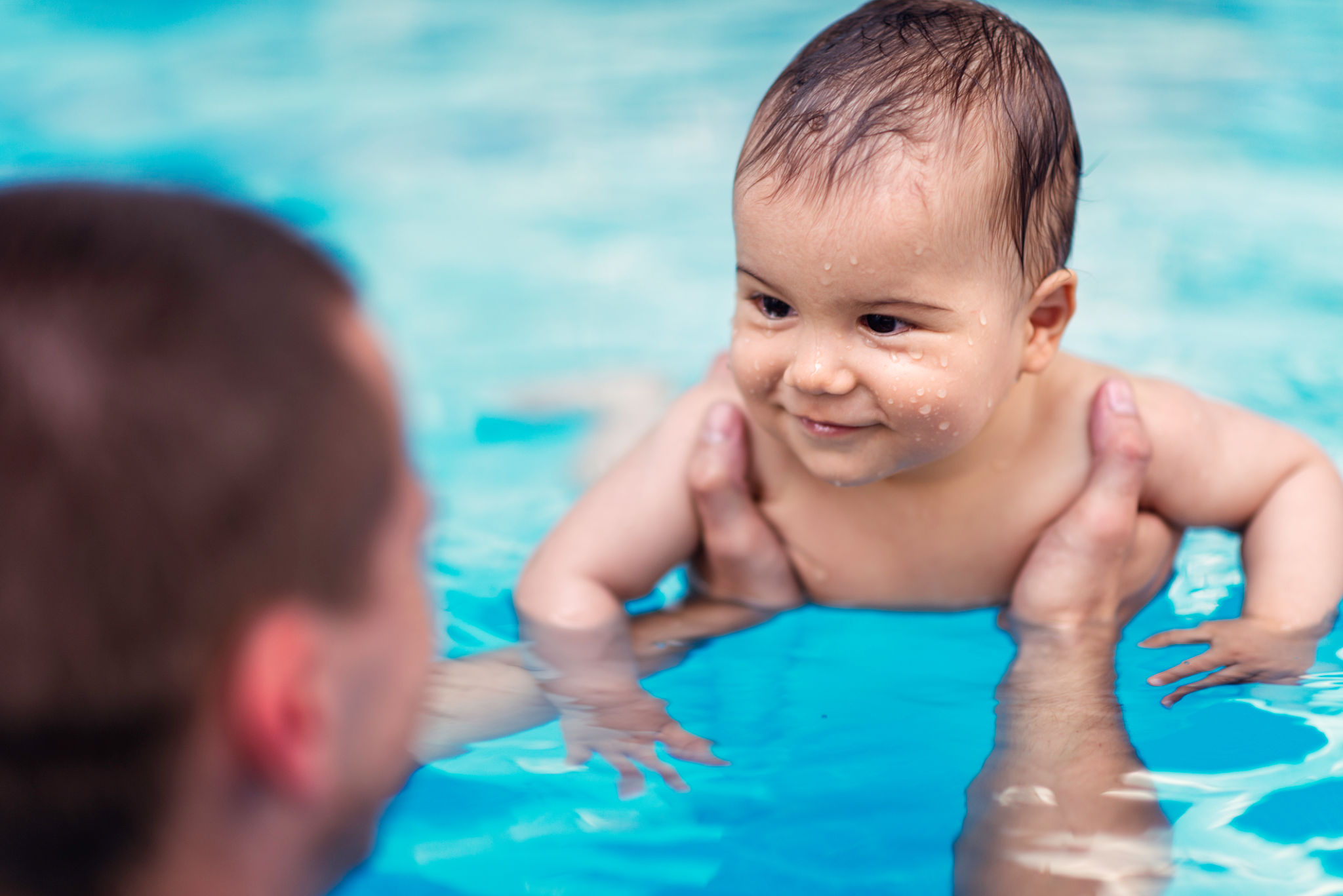Pedagog Insights: How to Foster a Positive Learning Environment for Babies
Understanding the Importance of a Positive Learning Environment
Creating a positive learning environment for babies is crucial for their cognitive and emotional development. During the early years, infants are highly receptive to their surroundings, and a nurturing atmosphere can significantly impact their ability to learn and grow. Establishing a supportive setting not only boosts their confidence but also encourages curiosity and exploration.

Setting Up a Safe and Stimulating Space
The first step in fostering a positive learning environment is ensuring safety and stimulation in the space. Babies need a secure area where they can freely move and explore. Use soft mats and age-appropriate toys to create an inviting atmosphere. Incorporating colorful visuals and varied textures can also keep them engaged and promote sensory development.
Consider organizing the space with distinct sections for different activities. For instance, a reading corner with picture books can become a favorite spot for quiet time, while an area with musical instruments can encourage auditory exploration. Rotating toys and materials regularly can maintain a fresh and exciting environment for continuous engagement.
Encouraging Interaction and Communication
Interaction plays a vital role in a baby's learning journey. Engaging with them through conversation, even before they can respond verbally, helps develop language skills and social awareness. Narrating daily activities, singing songs, and reading stories are excellent ways to introduce new vocabulary and concepts.

It's also important to provide opportunities for babies to interact with peers in a safe setting. Playdates or group activities can foster social skills and teach them valuable lessons about sharing and cooperation. Ensuring that these interactions are positive and guided can help prevent conflicts and encourage harmonious play.
Incorporating Routine and Consistency
Babies thrive on routine, as it provides them with a sense of security and predictability. Establishing consistent schedules for meals, naps, and playtime helps them understand the flow of the day and reduces anxiety. Consistency in routines also aids in building trust and comfort between the baby and caregivers.
While maintaining routine is essential, it's equally important to allow flexibility to adapt to the baby's changing needs and interests. Observing their behavior and cues can guide caregivers in making necessary adjustments that support the baby's overall well-being.

The Role of Positive Reinforcement
Positive reinforcement is a powerful tool in encouraging desirable behavior and learning outcomes in babies. Praising them for small achievements or new skills strengthens their self-esteem and motivates further learning. Simple gestures such as clapping hands or offering verbal affirmations can make a significant difference.
It's important to ensure that reinforcement is specific and timely, so the baby understands what behavior is being rewarded. This approach not only builds confidence but also lays the foundation for a lifelong love of learning.
Conclusion: Building a Foundation for Lifelong Learning
Fostering a positive learning environment for babies is an investment in their future. By setting up a safe, stimulating space, encouraging interaction, incorporating routine, and utilizing positive reinforcement, caregivers can support holistic development. These early experiences shape how babies perceive the world around them, influencing their educational journey for years to come.
With patience, creativity, and attentiveness, caregivers can create an enriching environment that nurtures curiosity, confidence, and a passion for learning in every baby.